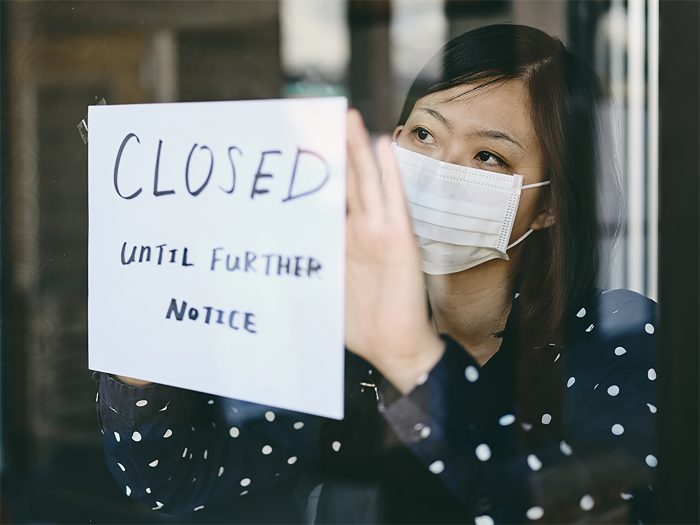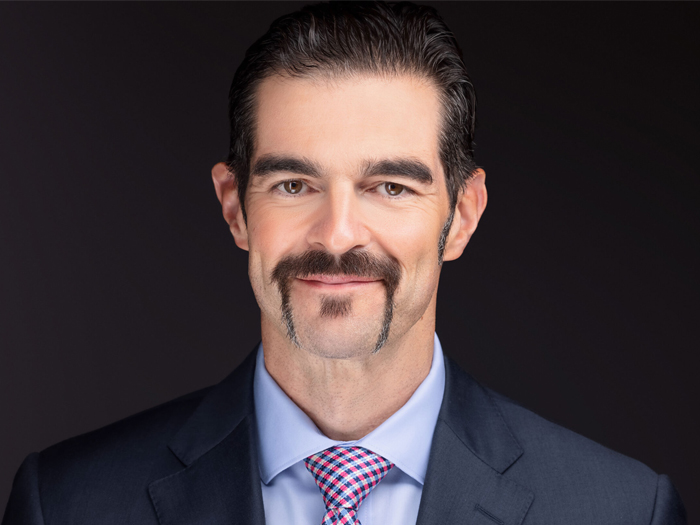COVID-19 and Business Interruption: Some Losses Are Covered and Here’s Why

It has been two months since COVID-19 began to turn the U.S. economy upside down. Suffering massive losses due to the damage caused by coronavirus, businesses have quickly turned to their insurance companies for assistance.
Unfortunately, most have been stonewalled by two party-line arguments from their insurance companies: That COVID-19 does not cause the “damage” needed to trigger coverage and that viruses like COVID-19 are excluded causes of loss anyway.
Fortunately for policyholders, the analysis is rarely so simple. The unprecedented breadth of damage caused by COVID-19 has already spawned unique fact patterns and novel policy interpretation questions.
As the pandemic develops and insurance companies refine their denial arguments, the battle lines will be drawn. At present, however, there are as many questions as there are answers.
Explicit Communicable Disease Coverage? Not So Fast
Some commercial policyholders may be surprised to learn that they have some amount of coverage for communicable disease at insured locations, if the communicable disease leads to a government-mandated closure.
The devil is often in the details with these sublimited coverages, however. Most importantly, many policies require the actual presence of coronavirus at the policyholder’s location in order to trigger coverage.
While straightforward at first glance, this coverage suggests a plethora of potential factual disputes: How can policyholders know whether a microscopic virus is (or was) present at their business, especially when they have been required by the government to shutter the premises? If an infected person passed through the property, is that sufficient to trigger coverage? What if there was coronavirus on surfaces at the insured location, but it has since died off?
These are just a few of the factual questions implicated by the communicable disease coverage tucked into many policies.
Civil Authority Coverage: Not All Closure Orders Are Created Equal
Policyholders may have coverage outside the typically low communicable disease sublimits for coronavirus present at the insured location, if there is documented coronavirus nearby.
When the presence of coronavirus nearby the insured location triggers a government closure order, that can trigger “civil authority” coverage. Nearby damage typically must be within a one or five mile radius of the insured location.
Civil authority provides another fertile ground for factual disputes. What happens when a governor orders the closure of all non-essential businesses in the state without specifying the exact location of the coronavirus prompting the order?
To qualify, the order generally only needs to be the “result” of nearby coronavirus — it does not have to identify exactly where the coronavirus was.
So how do policyholders determine what exactly the order resulted from? Policyholders whose locations are in densely populated cities may have an easier time with this, especially if there are hospitals or nursing homes with publicized cases nearby.
But it could be less cut-and-dried for policyholders in remote locations or where governors issued closure orders before a substantial number of cases were documented.
Nonetheless, policyholders should remember that they only need to show by a “preponderance of the evidence” (i.e. 51% or more likelihood) that coverage is triggered.
Media reports, retrospective modeling, antibody tests-these are all facts that could contribute to policyholders’ ability to show that there more likely than not was coronavirus within the required distance.
Read the Very Fine Print: State Amendatory Endorsements
Even for policyholders without communicable disease coverage extensions and with contamination exclusions listing “virus,” coverage may still be available.
Specifically, many policies include state amendatory endorsements explicitly removing “virus” from contamination exclusions. As the name suggests, state amendatory endorsements are add-ons included in an insurance policy to ensure it complies with the law of the state or states where the policyholder operates.
For reasons that are not yet clear, these endorsements are popping up in the fine print of many policies. We have already seen coverage for COVID-19 losses despite a virus exclusion in Louisiana, Indiana, New York and Massachusetts. There are no doubt many others.
Even if the endorsements only explicitly apply to one state, they may create ambiguities when read alongside the main policy form or other state endorsements, which must be interpreted in favor of coverage under settled doctrines of insurance policy interpretation.
The so-called virus exclusion may also contradict other parts of the main policy which expand coverage — and thus the exclusion may not be applicable to COVID-19 losses in the first place).
Contingent Business Interruption: Another Avenue for Policyholders Unable to Document Coronavirus
Civil authority is not the only avenue to coverage for policyholders without documented coronavirus at their property.
Contingent business interruption (CBI) may apply based on damage to the policyholder’s suppliers or customers. CBI coverage is found in many commercial property policies and provides a particularly promising avenue for policyholders with limited or no coverage for loss at their own locations.
Most importantly, CBI itself incorporates civil authority, which means that the policyholder can get coverage when the contingent location does not suffer damage but is forced to close based on a qualifying order of civil authority.
Unsurprisingly, novel questions abound. For example, can a direct retail customer constitute a “direct customer” when the coverage is for damage at customer “locations?”
Insurance companies will argue the answer is no, but if the policyholder is a consumer-facing business whose only customers are people (hospitality, dining, retail, etc.), that argument would render the contingent BI coverage valueless — a highly disfavored result under settled principles of insurance policy interpretation.
For another example, what happens if a policyholder suffers loss based on CBI but is subsequently forced to close its doors anyway — what really caused the loss (and which limits of liability apply)?
As losses develop, policyholders should keep tabs on different possible avenues to coverage and continue to cooperate with insurance company requests for information where reasonable.
However, the landscape is evolving in ways even experts cannot predict, so policyholders must avoid inadvertently taking positions that could undercut coverage and should use generalized language when notifying their insurance companies and not hesitate to seek assistance from brokers or coverage counsel. &












